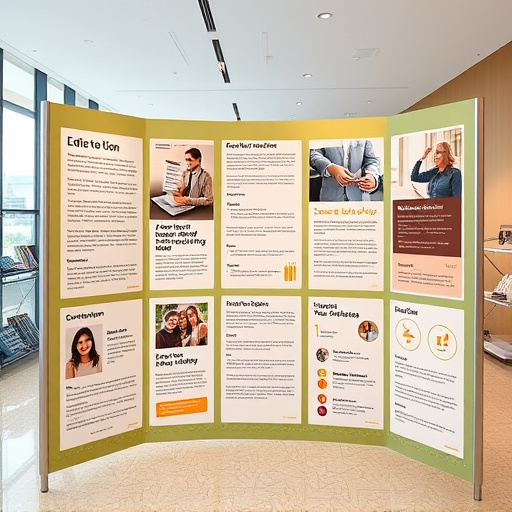Customer service experience ratings hinge on three key factors: air intake, brand reliability, and durability. Positive air intake from initial interactions, including warm welcomes and knowledgeable staff, significantly impacts overall satisfaction. Brand reliability is built through efficient issue resolution, fostering trust. Durability goes beyond product longevity; excellent service leaves lasting positive impressions encouraging repeat business. Businesses should use structured surveys and open-ended feedback to assess these aspects and identify areas for improvement. In a competitive market, optimizing customer service ratings is crucial for brand success, with efficient air intake management playing a vital role in enhancing brand reliability and product durability.
In today’s competitive market, understanding customer service experience ratings is vital. These ratings, driven by factors like air intake, brand reliability, and product durability, significantly influence consumer satisfaction and loyalty. This article delves into these key components, offering insights on how businesses can optimize their strategies to enhance each aspect. From assessing customer satisfaction through various techniques to implementing strategies for excellence, we explore practical ways to foster a positive and lasting impact.
- Understanding Customer Service Experience Ratings: The Role of Air Intake, Brand Reliability, and Durability
- Measuring Customer Satisfaction: Techniques to Assess Each Factor
- Optimizing for Excellence: Strategies to Enhance Air Intake, Strengthen Brand Reliability, and Ensure Product Durability
Understanding Customer Service Experience Ratings: The Role of Air Intake, Brand Reliability, and Durability

Customer service experience ratings are a crucial metric for understanding and improving customer satisfaction. These ratings often encompass various aspects, with three key factors playing a significant role: air intake, brand reliability, and durability. Air intake refers to the initial impression customers form during their first interaction with the customer service team, which can greatly influence their overall perception. A warm welcome, prompt response times, and knowledgeable staff can create a positive air intake, setting the stage for a satisfactory experience.
Brand reliability and durability are equally important. Customers seek consistent, dependable service that aligns with the brand’s reputation. Reliable customer service means addressing queries or issues efficiently and accurately, fostering trust. Durability, in this context, extends beyond product longevity; it also refers to the longevity of the positive impression left by excellent service. Positive experiences can lead to repeat business and loyalty, enhancing a brand’s durability in a competitive market.
Measuring Customer Satisfaction: Techniques to Assess Each Factor

Measuring customer satisfaction is a multifaceted process that involves assessing various aspects of the customer experience. To gain a comprehensive understanding, several techniques can be employed to gauge each critical factor influencing brand perception and loyalty. One powerful method is the use of structured surveys that ask specific questions about recent interactions with a company or product. These questionnaires often include ratings on scales like 1-5 for different criteria such as air intake (ease of accessing information), brand reliability, durability, and overall satisfaction.
Additionally, open-ended feedback forms allow customers to provide detailed insights, sharing both positive experiences and constructive criticism. By analyzing both quantitative data from ratings and qualitative information from written responses, businesses can identify areas of strength and weakness in their offerings. This dual approach ensures that every touchpoint—from initial product discovery to ongoing use—is scrutinized, enabling companies to enhance customer service and maintain competitive brand reliability ratings through continuous improvement.
Optimizing for Excellence: Strategies to Enhance Air Intake, Strengthen Brand Reliability, and Ensure Product Durability

In today’s competitive market, optimizing customer service experience ratings is paramount for any brand aiming for excellence. One key aspect often overlooked but crucial to achieving top ratings and fostering customer loyalty is efficient air intake management. This process, though seemingly mundane, plays a significant role in enhancing brand reliability and ensuring product durability. By streamlining the air intake system, businesses can significantly cut down on potential issues arising from contaminated or inadequate air supply, directly impacting product performance and longevity.
Implementing strategic solutions such as advanced filtration systems, regular maintenance checks, and rigorous quality control measures at every stage of air intake can mitigate risks and enhance overall reliability. These strategies not only protect the integrity of products but also create a positive impression in customers’ minds, contributing to higher satisfaction ratings and brand loyalty. Such proactive measures demonstrate a commitment to excellence and set the foundation for sustainable business growth.
Customer service experience ratings are a multifaceted metric that can significantly impact a brand’s reputation. By understanding the crucial role of air intake (customer first impressions), fostering brand reliability, and ensuring product durability, businesses can optimize their strategies to deliver exceptional customer satisfaction. Implementing measured techniques for assessment and adopting proactive optimization tactics will not only enhance current ratings but also drive future success in an increasingly competitive market.














